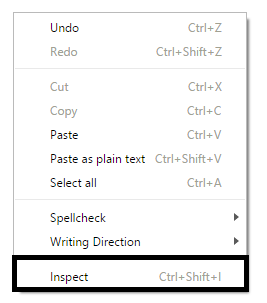
With local overrides set up, you now have the ability to make changes to the code on a non-local site, and then see what kind of performance impact those changes would have. Not only does the overrides feature allow you to experiment with design changes on a non-local site, but it also has implications for performance-related development. This feature allows you to come back to the changes you’ve made, and see exactly where they differ from the original files. This is found next to the Console tab of DevTools. From here you can choose files to edit, or remove local overrides altogether.Ĭhrome also offers a new featured called Changes that will give you a diff of all the changes you have made. The Overrides Tab (under Sources) will display a list of all the files you’re using for local overrides. Chrome will continue to use the changes you made.


But now, with the release of Chrome 65, that has changed.

The main downside, though, is that normally these changes don’t persist-if you go to a different page, or refresh the same page, all the changes are lost. This can help with troubleshooting all kinds of issues, as well as experimenting with potential changes. One of the nice things about the development tools of modern browsers is how you can inspect an element, adjust some styling or modify some markup, and see results immediately.


 0 kommentar(er)
0 kommentar(er)
